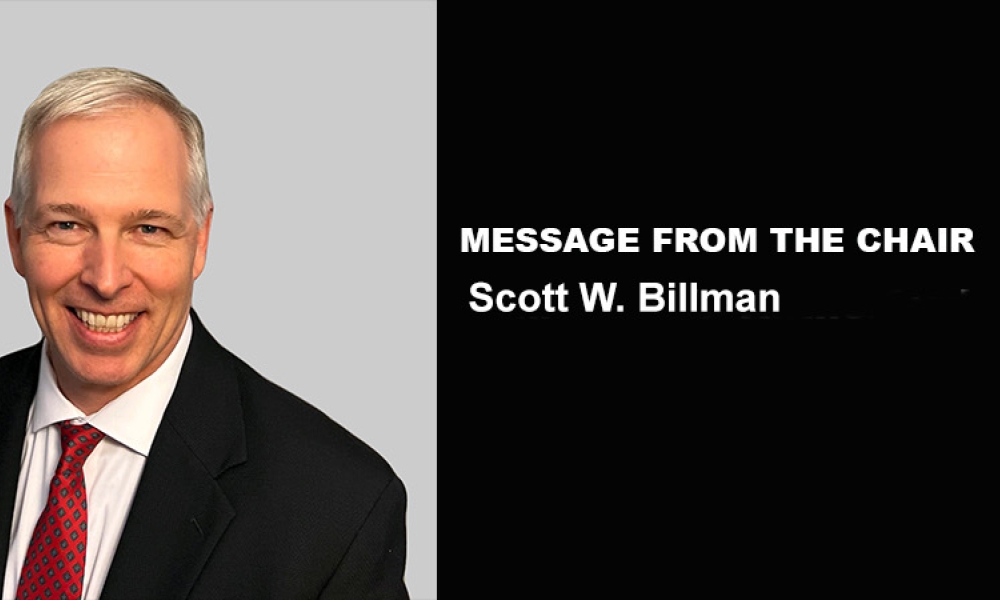Stakeholders across industries are becoming accustomed to using information technology (IT) systems, applications, and business solutions that feature artificial intelligence (AI) and machine learning (ML). Even though some of these uses show phenomenal performance, thorough risk management is required to ensure quality and regulatory compliance are met within the life sciences industry. By...

Downloads
Machine Learning Risk and Control Framework
Cover: Stakeholders across industries are becoming accustomed to using information technology (IT) systems, applications, and business solutions that feature artificial intelligence (AI) and machine learning (ML). Even though some of these uses show phenomenal performance, thorough risk management is required to ensure quality and regulatory compliance are met within the life sciences industry. By leveraging specialized frameworks and methods, we compiled a holistic framework to dynamically identify, assess, and mitigate risks when AI and ML features are in use.
Quality Considerations in Disaster Recovery: A Case Study
Feature: Due to the growing digitalization of the industry, we are highly dependent on information technology (IT) systems and data. The basic ability to execute our pharmaceutical business and decision-making processes relies on the permanent availability of these IT systems and data to ensure compliance and efficiency of our business operations. But numerous factors—including criminal activities, political unrest, and environmental hazards— have made disaster recovery (DR) and business continuity planning essential.
The Use of Infrastructure as Code in Regulated Companies
Feature: IT infrastructure has traditionally been provisioned using a combination of scripts and manual processes. This manual approach was slow and introduced the risk of human error, resulting in inconsistency between environments or even leaving the infrastructure in an unqualified state. In this article, we investigate some fundamental advantages of using Infrastructure as Code (IaC) for provisioning IT infrastructure.
Calibration Performance Improvement Case Study
Technical: Calibration plays a critical role in ensuring a measurement instrument’s accuracy—especially if the instrument has a direct impact on product quality and patient safety. However, the calibration process is a complex system, and the traditional analytical approach for planning this process is often not sufficient to improve service performance. Using a digital simulation model as a representation of the actual situation allows creation of optimization scenarios for improvement purposes before they are implemented.
Cold Systems as a Solution to Decarbonize Water Purification
Technical: The biotechnology and pharmaceutical sectors have pledged to reduce greenhouse gas (GHG) emissions as the climate concerns of consumers, investors, and regulators continue to grow. In seeking to benefit from this demand for sustainability and the potential for cost saving opportunities, life science product manufacturers have started to evaluate the climate impact of their own labs and production facilities. This in-depth examination of the sectors’ direct manufacturing processes uncovered one of the largest carbon emitters: water for injection (WFI).
In This Issue
IT infrastructure has traditionally been provisioned using a combination of scripts and manual processes. This manual approach was slow and introduced the risk of human error, resulting in inconsistency between environments or even leaving the infrastructure in an unqualified state. In this article, we investigate some fundamental advantages of using Infrastructure as Code (IaC) for...
Cell therapies have been used to treat thousands of patients worldwide ever since the CAR T cell medication Kymriah was the first cell therapy approved by the FDA in 2017. Yet significant manufacturing challenges continue to hamper patient access to life-saving cell therapies, particularly the high cost of these treatments. Kymriah can cost as much as $475,000 per dose and an allogeneic...
Lorrie Vuolo-Schuessler has been involved with ISPE and GAMP® projects since 2002. She has authored or co-led 11 ISPE GAMP-focused guidance documents, including ISPE GAMP® 5: A Risk-Based Approach to Compliant GxP Computerized Systems (Second Edition) and the ISPE GAMP® Good Practice Guide: Enabling Innovation - Critical Thinking, Agile, IT Service Management. She is Immediate Past Chair of...
An ISPE member since 1999, Charlie Wakeham has been active within the ISPE GAMP® community since 2001. A founding member of the GAMP UK Community of Practice (CoP), she is currently Chair of the GAMP Global CoP Steering Committee, one of the leaders of the GAMP Computer Software Assurance Special Interest Group (SIG), and a member of the ISPE Guidance Documents Committee. She has co-led or...
Pharmaceutical Engineering® magazine is proud to announce that the 2022 Roger F. Sherwood Article of the Year is “Supporting Cell and Gene Therapy through...
The new ISPE Good Practice Guide: Process Gases, Second Edition presents recent advances in construction materials and updates on current good practices. It was revised based on the latest International Organization for Standardization in Pharmaceuticals, American Society for Testing and Materials, and American Society of Mechanical Engineers standards and is aligned with the latest regulatory...
Over 2,800 attendees from across 27 countries and 200 exhibitors gathered in Las Vegas, Nevada, in mid-October for the 2023 ISPE Annual Meeting & Expo. The conference kicked off with workshops and the Emerging Leaders Hackathon, where 17 teams competed to answer Roche/Genentech’s request for consultation on how to make single-use technology more...
This article provides a brief introduction into the standards and regulations for medical devices. It compares the ISPE GAMP® 5 Guide: A Risk-Based Approach to Compliant GxP Computerized Systems (Second Edition) and applicable ISPE GAMP Good Practice Guides against the relevant regulations and standards for the development of software for medical devices and demonstrates GAMP® 5 Second...
As part of the 2023 ISPE Annual Meeting & Expo, the 2023–2024 ISPE International Board of Directors was introduced and the gavel was passed to a new Chair on 16 October 2023 during the 2023 ISPE Membership Meeting and Awards Lunch in Las Vegas,...
Next year promises to be a busy one for ISPE. The year starts with the 2024 ISPE Facilities of the Future Conference in San Francisco and is quickly followed by the
At the 2023 Facility of the Year Award (FOYA) Celebratory Banquet, ISPE announced the 2023 overall FOYA winner: Genentech’s Clinical Supply Center (CSC). In addition to winning the overall award, Genentech’s CSC project was recognized as the 2023 Pharma 4.0™ category winner for its bold objectives, innovation, and deep team alignment and...
On 19 October, the ISPE Foundation hosted its 2nd Annual Golf Tournament at Wildhorse Golf Course following this year’s Annual Meeting & Expo in Las Vegas.
Calibration plays a critical role in ensuring a measurement instrument’s accuracy—especially if the instrument has a direct impact on product quality and patient safety. However, the calibration process is a complex system, and the traditional analytical approach for planning this process is often not sufficient to improve service performance. Using a digital simulation model as a...
ISPE GAMP® 5: A Risk-Based Approach to Compliant GxP Computerized Systems (Second Edition) outlines how to apply a risk-based approach to GxP computerized systems and is aligned with the FDA draft guidance “Computer...
An ISPE campaign in 2016 piqued my interest in the Women in Pharma committee because I’m an advocate for women in the workplace. When I became President of the ISPE Philippines Affiliate in 2017, I knew that Women in Pharma...
The biotechnology and pharmaceutical sectors have pledged to reduce greenhouse gas (GHG) emissions as the climate concerns of consumers, investors, and regulators continue to grow. In seeking to benefit from this demand for sustainability and the potential for cost-saving opportunities, life science product manufacturers have started to evaluate the climate impact of their own labs and...
Due to the growing digitalization of the industry, we are highly dependent on information technology (IT) systems and data. The basic ability to execute our pharmaceutical business and decision-making processes relies on the permanent availability of these IT systems and data to ensure compliance and efficiency of our business operations. But numerous factors—including criminal activities,...

















